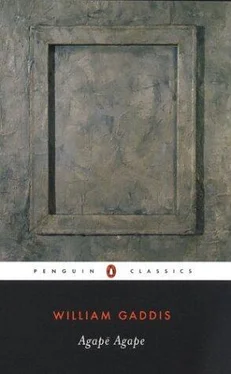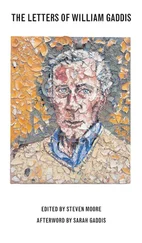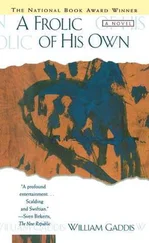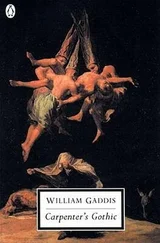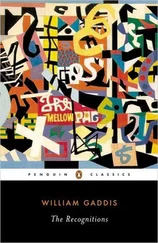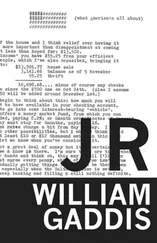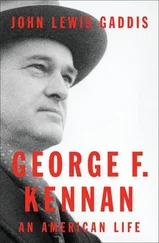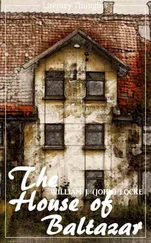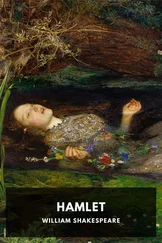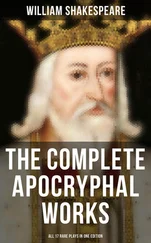“The self who could do more”: this phrase from a verse by Michelangelo appears in every one of Gaddis’s books: “O Dio, o Dio, o Dio, / Chi m’a tolto a me stesso / Ch’a me fusse più presso/ O più di me potessi, che poss’ io?” Rejecting the standard translation 8 as pedestrian, Gaddis near the end of Agapē offers a version of his own: “It’s fifteenth, sixteenth century Italian nearer poetry, Who nearer to me Or more mighty yes, more mighty than I Tore me away from myself. Tore me away!” Everything depends on the language, on the living author’s struggle with a past artist’s words and on the future reader’s ability to hold in mind two opposed meanings — O Dio and odium, heaven and repugnance. A capacity for imaginative projection into the lifeworld, thought, and language of another person, whether living or dead, through music, literature, the visual arts, or conversation — this is the ethical burden of agapē in the arts.
The Self Who Could Do (No) More
The theme of a nearer, “more mighty” self had a grip on Gaddis, obviously. And although he cites many models in history and in literature — Socrates, Michelangelo, Glenn Gould, Tolstoy, Wyatt Gwyon in his own novel The Recognitions — at the end of his life he was preoccupied with one “exalted friend”9 and mentor, who had been crucial to his work on The Recognitions. Martin S. Dworkin was in the fifties a widely published critic, photographer, and editor who pushed Gaddis, himself unpublished, to a higher standard. Those who knew Dworkin and Gaddis estimate that as many as thirty-eight of their conversations found their way into The Recognitions. 10 The conversations continued, on paper, a full two years after Dworkin’s death in 1996.
In notes Gaddis made while concluding his final fiction, Dworkin appears as both an “enabler” and an “accuser,” an intense teacher whose intellectual generosity exacted a psychic toll: “that was always his thing, the accuser, you’ve let me down, you’ve betrayed me; my ‘dialogues’ with him (he talked) were so important to me to feeling able to do what I did (REC) unafraid.” Dworkin was always older — only by three or four years but “an overwhelming difference” in the prime of creative development: “Those years were packed with his mind, his lust for knowing everything.” This one-sided dialogue finds its answering voice in the fiction. The intensity of a lifelong conversation gets carried forward into old age, and the shared thoughts promise to survive death, because these men really believed — they were creatively driven by the faith — that literature and the arts were the place where a few unique minds could meet in a kind of fellowship.
Although the material on Dworkin never found its way into the final draft of Agapē Agape, Gaddis preserved a conversational impulse similar to what had seen him through the composition of The Recognitions. Feeling a “need to speak with those no longer here” (as he wrote in his notes), Gaddis this time channeled his thoughts into a series of imaginary conversations — Walter Benjamin in dialogue with Johan Huizinga, Nietzsche communing with himself in his final mad days spent mostly improvising on the piano, and the man on the bed in direct conversation with various characters from fiction: Svengali (from Trilby), Hoffmann (from Offenbach’s posthumously published Tales), Pózdnyshev (from The Kreutzer Sonata). In each case music, the art most conducive to unspoken fellowship, is the medium and occasion for the conversation. Its appreciation is best expressed by two people listening and keeping quiet for as long as the music lasts. But the agitations that such listening might cause were understood by Tolstoy, an author whose role as a secular prophet dismayed Gaddis but whose work he never ceased quoting. Music in The Kreutzer Sonata is a source of dangerous emotional and physical connection. Tolstoy’s narrator, Pózdnyshev, complains that piano recitals initiated “the greater part of the adulteries in our society.”11 But music is also recognized as creating a separate place where one experiences emotions and sensations that are less easily defined:
“How can I put it? Music makes me forget myself, my real position; it transports me to some other position not my own. Under the influence of music it seems to me that I feel what I do not really feel, that I understand what I do not understand, that I can do what I cannot do. . Music carries me immediately and directly into the mental condition in which the man was who composed it. My soul merges with his and together with him I pass from one condition into another, but why this happens I don’t know.”12
The experience Pózdnyshev struggles to define is neither exaltation nor entertainment. It is something akin, rather, to the mental communion enacted by Gaddis in Agapē Agape. Against all forgeries, simulations, and wastes of the world, this was the one consolation that Gaddis held on to during the last stages of composition: that the life of the mind in collaboration with other minds, the fraternal love that he felt in his recollection of a friend no longer here, and the disciplined recognition of the achievements of past writers would give to his work a staying power beyond his own, finally human, powers of caring and invention.
1 Tom LeClair, The Art of Excess: Mastery in Contemporary American Fiction (Urbana: University of Illinois Press, 1989).
2 As told to Matthew Gaddis, who did some minor secretarial work for his father during the years when Gaddis worked on the player-piano essay and the fiction that evolved out of it.
3 Concrete, trans. David McLintock (Chicago: University of Chicago Press, 1984), p. 3.
4 As told to Matthew Gaddis.
5 Paris Review, Winter 1987, p. 71.
6 Ibid., pp. 71–72.
7 Patrick O’Donnell, “His Master’s Voice: Commodifying Identity in J R,” in Echo Chambers: Figuring Voice in Modern Narrative (Iowa City: University of Iowa Press, 1992), p. 176.
8 “O Heaven, Heaven, Heaven! Who’s robbed me of myself
Who’s closer to myself
Or can do more with me than I ever can?”
Complete Poems and Selected Letters of Michelangelo, trans. Creighton Gilbert (New York: Random House, 1963), p. 7.
9 From Gaddis’s working papers.
10 “Martin S. Dworkin: His Life and Work,” http://members.aol.com/_ht_a/flobern/myhomepage/
11 Leo Tolstoy, “The Kreutzer Sonata,” in Tolstoy, Collected Shorter Fiction, trans. Louise and Aylmer Maude and Nigel J. Cooper (New York: Alfred A. Knopf, 2001), p. 299.
12 Ibid.,
